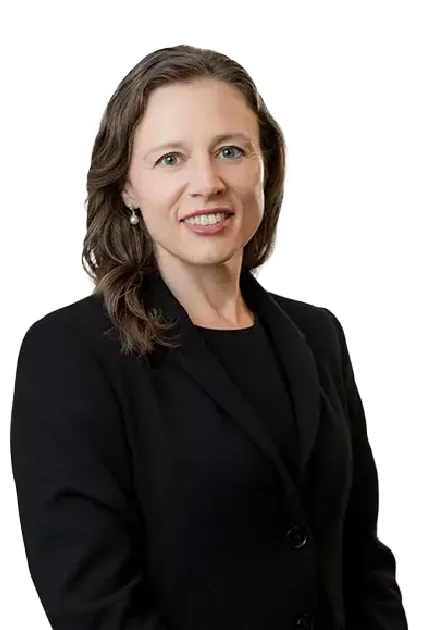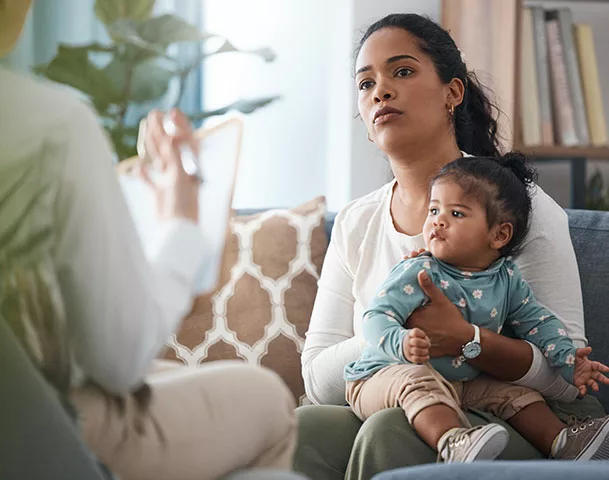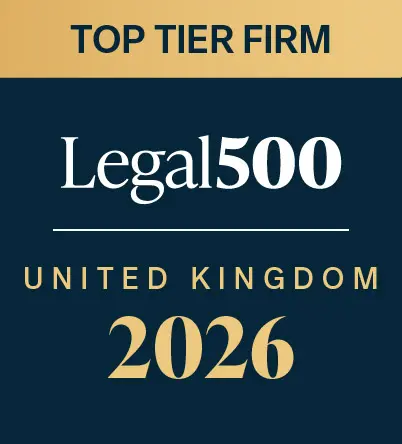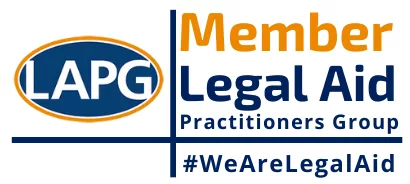Why Does Post-Adoption Contact Matter for Children and Families?
In recent years, post-adoption contact in England and Wales, that is the communication between adoptive families and a child’s birth relatives, has become more common and widely encouraged. This ever-evolving practice can often play a deep role in supporting the identity and emotional well-being of a child.
What Is Post-Adoption Contact?
In England and Wales, post-adoption contact, also referred to as open adoption contact or post-adoption communication, can take many forms, including in-person visits, letters (commonly referred to as “letterbox contact”), phone calls, or interactions via social media. The levels and regularity of contact can vary and is usually based on what is viewed as the best interest of the child.
Studies have shown that children in open or semi-open adoptions often report higher levels of satisfaction and fewer identity struggles. For adoptees, maintaining birth family contact and having access to adoption records can be a significant part of forming a strong sense of self. Ongoing contact with birth relatives can help answer questions about their origins, reduce feelings of abandonment, and provide a fuller understanding of their life stories. While post-adoption contact can bring challenges (such as navigating boundaries or managing complex emotions), many adoptive parents find that open communication reassures their child and strengthens their relationship.
How Does Post-Adoption Contact Support Birth Families?
For birth parents and extended relatives, maintaining contact following adoption can assist in easing grief by providing peace of mind, and offer the chance to witness the child’s growth and happiness. It affirms that their decision to place the child for adoption was met with love and care.
How Can Families Balance Post-Adoption Contact with a Child’s Best Interests?
Successful post-adoption contact requires clear communication, mutual respect, and flexibility. Not every situation is the same, and contact may evolve over time. What remains central is the shared goal: supporting the child’s emotional, psychological, and developmental needs.
What Is Sir Andrew McFarlane’s View on Post-Adoption Contact?
Sir Andrew McFarlane, President of the Family Division of England and Wales, has emphasized the need for a “radical departure” from the current model of post-adoption contact. In a speech to the Plymouth Law Society, he highlighted the importance of enhancing the degree to which adopted children can maintain relationships with their birth families, provided it is safe to do so. He noted that the traditional “letterbox” contact method—where information is exchanged through letters—is outdated and may not meet the needs of today’s adoptees.
Instead, he advocates for a more personalised approach that considers the individual circumstances of each child and promotes face-to-face contact when appropriate.
What Does the Public Law Working Group Say About Post-Adoption Contact?
This perspective aligns with findings from the Public Law Working Group’s Adoption Sub-Group, which recommends a greater focus on open adoption contact, post-adoption communication, and easier access to adoption records for adopted adults. The group suggests that maintaining connections with birth families can help adoptees develop a sense of identity and understand their experiences. However, they also stress the importance of ensuring that any contact is safe and beneficial for the child.
As adoption practices continue to shift toward openness, families who embrace post-adoption contact often discover that it fosters deeper trust, healing, and connection—for everyone involved.

National Adoption Week
At Goodman Ray, we are proud to celebrate National Adoption Week, an important annual occasion dedicated to raising awareness about adoption, a life-changing decision that profoundly impacts the lives of children and families. Our dedicated team of solicitors are here to assist and guide clients through the adoption process with both expertise and compassion.
An article written by Marie Campbell.
Post-Adoption Contact Frequently Asked Questions
Post-adoption contact is not automatically guaranteed and is only enforceable through a specific Post-Adoption Contact Order under section 51A of the Adoption and Children Act 2002. The court will only grant such an order if it is in the best interests of the child. Most birth family contact arrangements are informal and depend on mutual agreement between adoptive parents and birth relatives.
Yes. Contact arrangements are flexible and can be adapted over time as the needs and circumstances of the child and families evolve. If difficulties arise, adoptive parents can modify or even suspend contact if they believe it is no longer in the child’s best interests. In formal arrangements, any significant changes may require court involvement.
Preparation involves open communication, setting clear boundaries, and managing expectations. Many adoptive families benefit from support provided by social workers, post-adoption services, or counselling. It’s essential to prioritise the child’s emotional needs and adjust the level of contact as they grow and develop their own views.
Birth relatives who wish to maintain contact with an adopted child should first try to reach an agreement with the adoptive parents. Many contact arrangements are informal and based on mutual consent. If an agreement cannot be reached, birth relatives can apply to the court for a Post-Adoption Contact Order under section 51A of the Adoption and Children Act 2002. The court will only grant such an order if it considers the contact to be in the child’s best interests and safe. Legal advice is often recommended to guide birth relatives through this process.
Adoptive parents generally have a say in whether and how post-adoption contact occurs, especially when contact is informal. If adoptive parents refuse contact, birth relatives may apply to the family court for a Post-Adoption Contact Order to legally enforce contact arrangements. However, the court will prioritise the child’s welfare above all else. The refusal of contact may be upheld if contact is deemed not to be in the child’s best interests or could cause harm. Disputes around contact can sometimes be resolved with mediation or support from adoption services.
Yes, counselling and support services are often available to adoptive families, birth relatives, and adopted children to help manage the emotional complexities of post-adoption contact. Many local authorities provide post-adoption support services, which may include counselling, mediation, and advice. Charities specialising in adoption also offer confidential counselling and guidance to help families navigate communication, boundaries, and emotional wellbeing throughout the adoption journey.
“Letterbox contact” is a common form of post-adoption communication where information, letters, cards, or photographs are exchanged between adoptive families and birth relatives through a secure intermediary, such as a social worker or adoption agency. This indirect form of contact helps maintain connections while respecting privacy and boundaries. While traditional letterbox contact remains widely used, recent calls from legal authorities advocate for more personalised and face-to-face contact where appropriate and safe
Conclusion
To conclude, post-adoption contact is no longer a peripheral consideration, it’s an essential part of modern adoption practice. It recognises the lifelong connections children have with their birth families. As society, professionals, and the judiciary, including voices like Sir Andrew McFarlane, call for more open and flexible approaches, it becomes increasingly clear that thoughtful, child-centred contact can benefit everyone involved. By embracing a model that prioritises identity, transparency, and emotional well-being through post-adoption communication and open adoption contact, adoptive families and birth relatives can work together to create more supportive and connected futures for adopted children.
Get in touch with our specialist Adoption Solicitors London and Brighton
If you require guidance or assistance with an adoption-related matter please do not hesitate to contact Goodman Ray Solicitors. Call us on 020 7608 1227 or email us at mail@goodmanray.com.
Contact us today
If you have any questions or wish to get legal advice on any of the topics raised above please feel free to contact us.
Call us on 020 7608 1227







